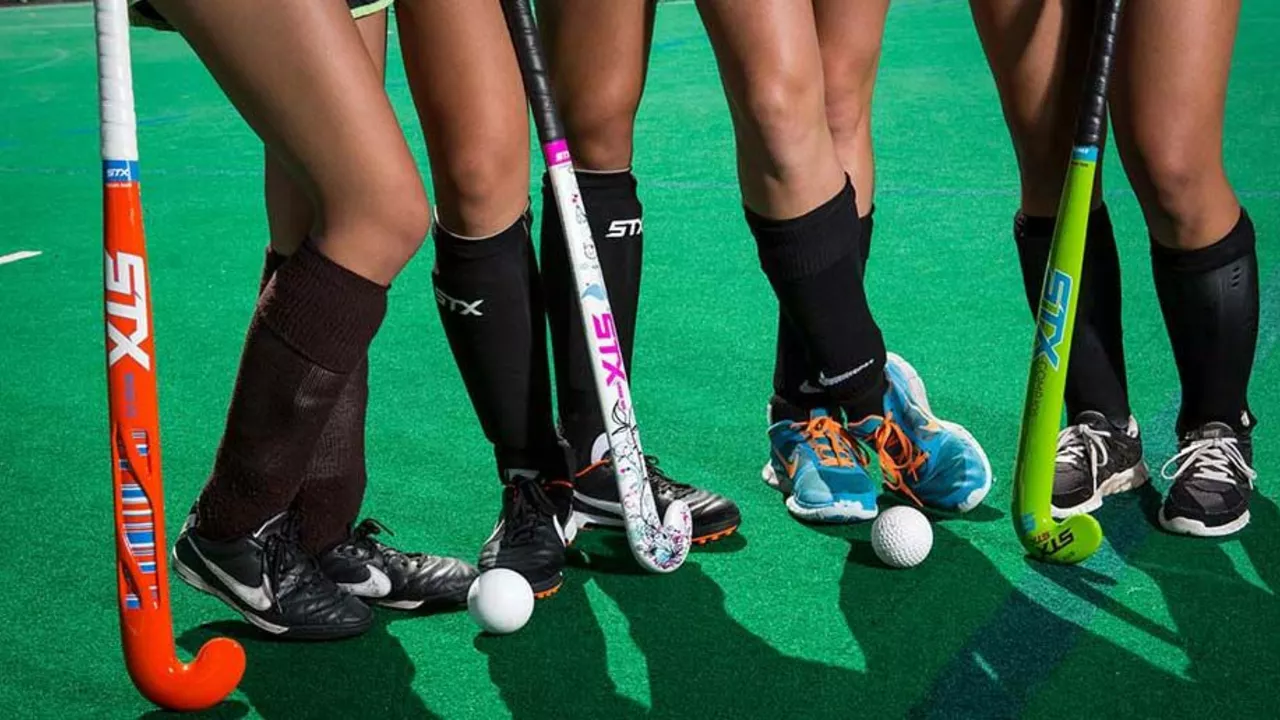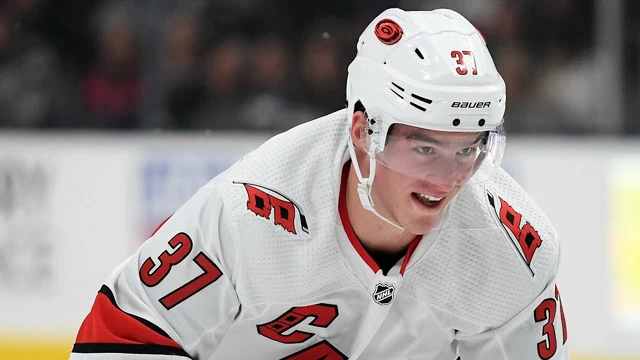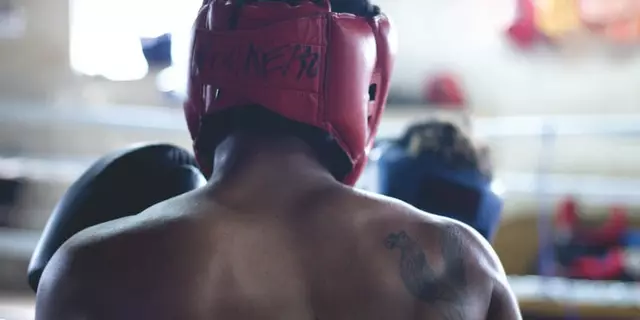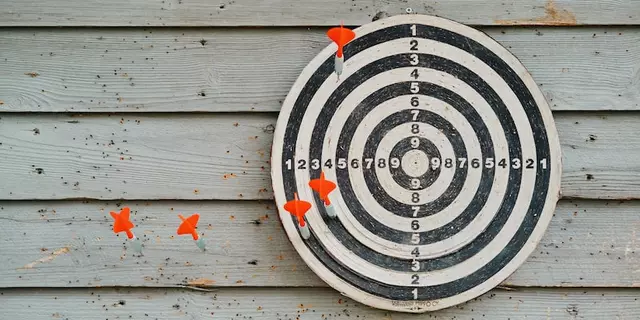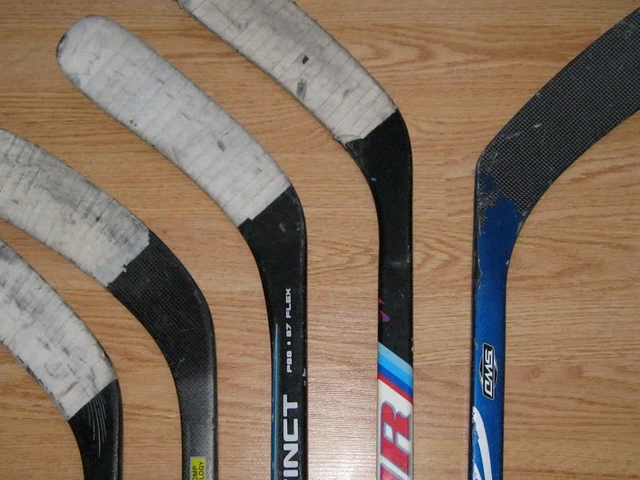Artificial Turf: The Smart Choice for Swindon Hockey
If you’ve ever played hockey on a dusty old field, you know how uneven ground kills the flow of the game. Artificial turf fixes that problem in one go. It gives you a smooth, consistent surface that lets the ball roll fast and the sticks glide easily. That’s why more clubs in Swindon are swapping grass for synthetic turf.
First off, the speed factor. With a proper turf installation, the ball moves quicker than on natural grass, so passes reach their target faster and players can showcase skill without fighting the surface. It also means less effort to keep the game fast‑paced, which fans love.
Why Artificial Turf Beats Natural Grass
Natural grass needs mowing, watering, reseeding, and a lot of patience. Miss a cut and the field gets bumpy; miss watering and it dries out, turning games into mud fights. Artificial turf needs far less routine work – just a quick brush or a light hose‑down to keep it clean. That cuts down on club expenses and frees up time for training.
Safety is another big win. Modern synthetic surfaces are designed with shock‑absorbing layers that reduce impact injuries. Players can dive, slide, and recover faster without the hard ground giving them a nasty bruise. In a sport where quick changes of direction are the norm, a forgiving surface keeps injuries low.
Maintaining Your Hockey Turf
Even the best turf needs some love. Sweep the surface weekly to remove leaves and debris that could affect ball roll. A gentle rinse every couple of weeks washes away dust and keeps the fibers upright. If you spot a worn patch, use a repair kit – most kits come with matching turf strips you can glue in place.
Watch the infill level too. Infill (the sand or rubber granules under the fibers) keeps the turf firm and level. Too little and the surface feels soft; too much and it becomes hard. A simple rake can redistribute infill evenly after heavy use.
Finally, schedule a professional inspection once a year. Experts can check the backing, seams, and drainage. Good drainage prevents puddles after rain, which means you can play almost any day without delay.
Choosing the right turf starts with asking a few questions: How much foot traffic will the field see? Do you need a surface that works for both junior and senior teams? What’s the budget for installation and long‑term care? Most suppliers offer a range of pile heights – a 13‑mm pile works well for field hockey because it balances speed and grip.
Swindon clubs often opt for a dark‑green colour because it mimics a natural field and reduces glare. It also hides the occasional dirt spot better than a lighter shade. When you combine the right colour, pile height, and infill, the result feels almost like playing on high‑grade grass, but with all the durability of synthetic material.
Bottom line: artificial turf gives Swindon hockey a reliable, fast, and safe playing surface that lets players focus on the game, not the ground. With simple upkeep and a solid installation, clubs can enjoy years of smooth play without the headaches of natural grass. Ready to upgrade? Talk to a local turf specialist and get a plan that fits your team’s needs and budget.
Artificial turf was introduced in field hockey for a number of reasons. Primarily, it offered more consistency than natural grass, reducing the impact of factors like weather on gameplay. In addition, artificial turf proved to be more durable, requiring less maintenance, and facilitated faster gameplay, which made matches more exciting for both players and spectators. Also, it minimized the risk of injuries due to uneven surfaces or slippery conditions. All in all, the introduction of artificial turf was a game-changer for field hockey.
Read more
